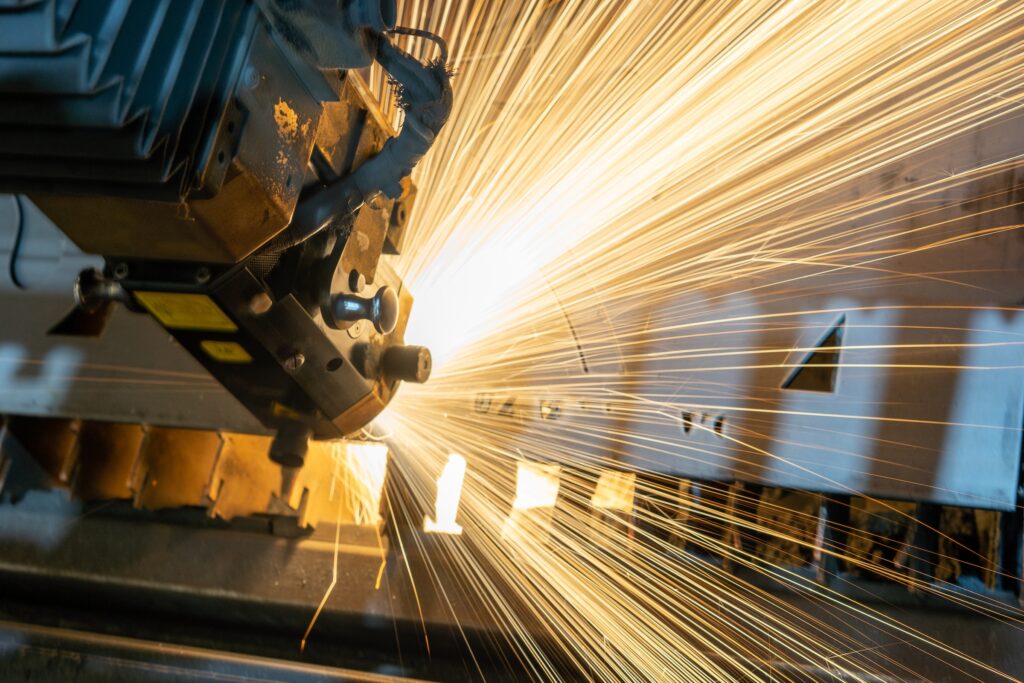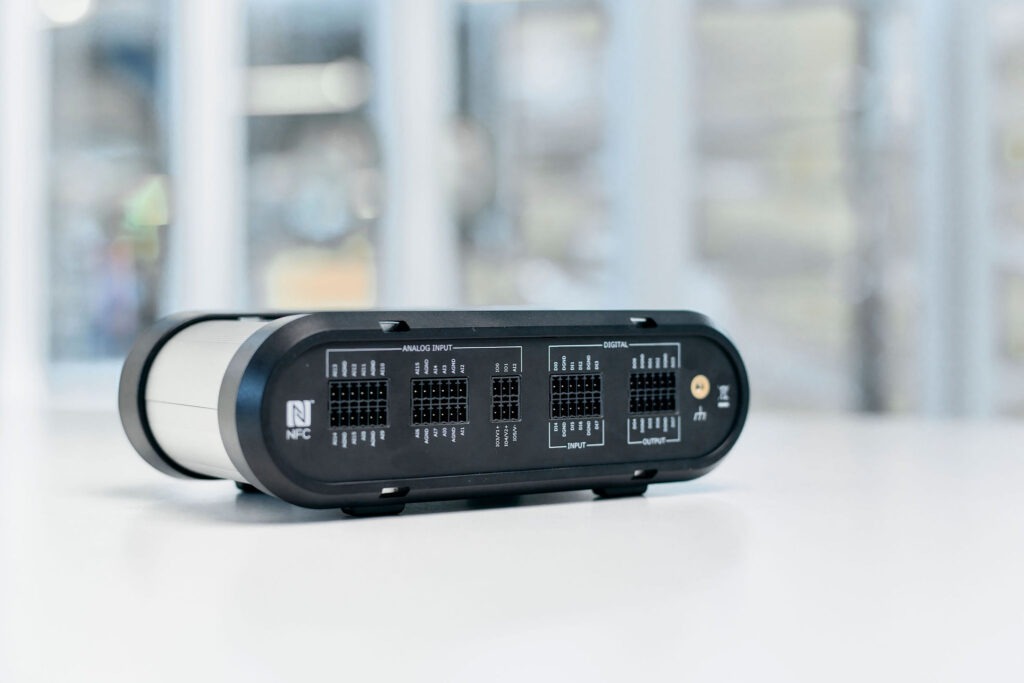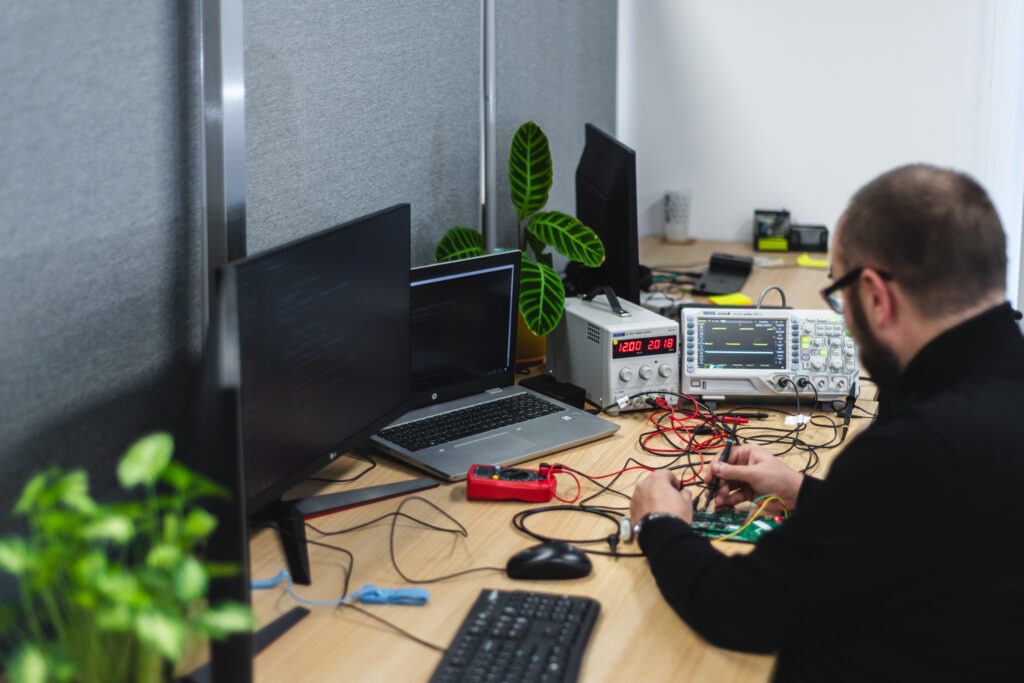Sustainability through IoT: Paving the Way to a Greener Future
25 April 2024
25 April 2024
IoT solutions have emerged as a feasible technology for tackling environmental challenges and supporting sustainable development. From gathering real-time data on natural disasters to automating processes for more efficient use of resources, this technology is transforming more and more industries. When combined with new advancements in edge computing, AI and security, IoT offers a promising path forward.
However, as more and more businesses are incorporating IoT into their operations, we also need to consider its environmental impact.
Creating a sustainable future requires commitment, passion and shared responsibility. Together with our partner, Micro Technic, we explore both how IoT can be used to address environmental challenges and what it takes to create a harmonious synergy between technology and sustainability.
This collaboration marks a significant step forward in our mission to deliver cutting-edge embedded solutions to our clients. By combining our expertise, we can provide seamless end-to-end solutions that comprehensively meet our customers’ needs. This partnership brings forth enhanced efficiency, cost savings, and accelerated innovation for businesses integrating embedded software into their products and operations.
Piotr Kubaty
CEO of Tronel
With rising sea levels, extreme weather conditions and decreasing biodiversity, climate change has become one of the world’s most pressing issues of our time. Besides economic and political changes, businesses around the world are increasingly implementing technological advancements to decrease their environmental footprint. IoT solutions are increasingly present in areas such as manufacturing, transport and agriculture to enable more eco-friendly practices.
In fact, the global technology and sustainability market is projected to grow from 13.76 billion dollars in 2023 to 62 billion dollars by 2030 at a compound annual growth rate of 20.8%.
Importantly, digital transformation and sustainability have become mutually reinforcing. Companies can now use critical insights generated by IoT devices to implement energy-optimized processes, use resources more responsibly or reduce waste. When aligned with business challenges, sustainable practices contribute to increased operational efficiency and cost savings.
As we continue to see the damaging impact of climate change on our planet, we need to take action to protect our air, soil and water. With IoT solutions, we’re better equipped to monitor the environment around us and prevent natural disasters before it’s too late.
Using sensors, wireless connectivity, edge computing and remote management software, we can now observe and measure environmental conditions at certain locations. The technology has become crucial in detecting heat waves, droughts, storms, floods and effects of coastal erosions.
Yet, IoT applications go beyond ecological purposes. Modern companies are becoming increasingly aware of how data gathered in the field can improve their processes and sustainability. Sensors are being implemented in places such as, for example, irrigation systems, pipelines or construction sites. They allow us to keep a close eye on risk factors, detect abnormalities and trigger warning alerts.

In 2022, road transport contributed to 24% of total emissions of carbon dioxide (CO2) within the EU. In the same year, around 20,600 people were killed in road accidents. IoT in transport helps us respond to both pollution and safety issues. We can monitor traffic through sensors embedded in roads and connected vehicles, and use the data to find better ways to manage the infrastructure.
The insights let us set alternative routes, determine optimal speed limits and provide real-time information to drivers on traffic flow and road conditions.

IoT is without a doubt the most significant technology that has impacted the manufacturing sector in this century. But even though the industry is confronting serious environmental issues, many manufacturers have only recently started implementing green IoT solutions into their operations.
The experts estimate that manufacturing and related industries constitute the largest portion of greenhouse gas emissions in the EU. The industrial sector also accounted for 37% of global energy use in 2022.
IoT technology can easily connect, monitor and analyze the entire manufacturing process providing valuable insights towards sustainability. The systems can identify and track patterns where processes lose energy to improve efficiency, estimate the right amount of resources to eliminate waste and reduce the overall carbon footprint.

Exploding world population, diminishing arable land and extreme weather conditions are putting the agriculture industry under growing pressure. The world is standing in front of the challenge of feeding more people with limited resources. According to the UN’s Food and Agriculture Organization (FAO), worldwide food production will need to increase by 50% to feed an expected population of nearly 10 billion in 2050.
As such, we need sustainable crop production systems that will meet the global demand while reducing resource usage and impact on the environment. Here’s where IoT comes into play. Smart sensors can provide real-time insights into soil quality, weather conditions, crop status, humidity, temperature or moisture. The data is then analyzed and helps farmers make smart decisions about processes such as seeding, irrigation and fertilization.

As you can see, IoT has become a transformative force in tackling environmental challenges in a variety of industries. Yet, there’s also a flip side of the coin. Billions of IoT devices equipped with sensors and additional components produce huge amounts of data, consuming energy, producing carbon emissions and generating electronic waste.
With over 29.42 billion active devices expected to be there by 2030, it’s high time to think about IoT devices’ impact on sustainability. We are in urgent need of efficient processes that make IoT more sustainable on both hardware and software levels.
When it comes to hardware, sustainability-driven approach encompasses the entire device lifecycle: design, production, deployment and recycling. Design includes developing energy-efficient devices, communication protocols and networking architectures. Production focuses on using biodegradable or reusable materials and conserving natural resources.
Durable devices remain longer in the field, require less maintenance and can be upgraded when needed. They can be reconfigured for multiple uses and upgraded through software updates. They do not need physical maintenance but can be managed remotely and through over-the-air (OTA) updates.
More and more often IoT solutions also use natural or renewable energy sources like wind, solar, water or geothermal energy.

Software also plays a critical role in reducing the environmental footprint of IoT solutions. Energy-efficient software is reusable and has minimal computational and memory resource requirements.
The more complex algorithms and software are, the more energy is consumed by hardware. Research shows that improving accuracy in training neural networks for Natural Language Processing results in an increase in energy consumption. Even the choice of the programming language can impact sustainability. Studies indicate that languages that consume the least energy are C, Rust and C++.
“For projects where energy efficiency remains a key requirement, we use advanced power management to keep power consumption as low as possible. This includes advanced task scheduling, powering down devices when not necessary and waking up for scheduled events,” says Artur Gdański, Embedded Solutions Manager at Tronel.
This way, the whole software can be adapted to the device’s power mode or its environmental and operational conditions. Similar solutions can be found in our high-performing systems for radio communication:
“Our engineers working on telecommunications projects contribute to the development of features dedicated to IoT applications such as CatM1 and NB-IoT. These solutions are aimed at operating in harsh conditions, with low power consumption ensuring low data transfers, and support sustainable practices as a result,” adds Artur Gdański.
We also apply methodologies like Lean that emphasize user feedback, iterative improvement, and optimal use of resources. Our development process focuses on optimizing software performance and quality and incorporates green cloud computing platforms.

In a world where more and more devices can be equipped with IoT technology, green IoT solutions open up rich opportunities for businesses willing to increase their efficiency and make the world smarter and more sustainable.
By combining our strengths in data collection, software development, and IoT solutions, we offer a unique partnership that empowers our customers to achieve efficient resource use, streamlined processes, and data-driven decision-making to combat climate change.
Frank Laursen
CEO of Micro Technic A/S
Are you ready to develop your own IoT solution? Our experts can help you leverage the power of technology to make a positive environmental impact. Contact us and take the first step toward a sustainable, data-driven future.
By Monika Wozniak

